Point-and-shoot – the name cannot be more specific and these cameras do exactly that: you just need to point the camera to the desired scene and shoot! Done! You can get a reasonably good picture ready to be downloaded and shown to friends without any concerns about focusing and metering. If there is not enough light, a flash automatically pops up to assist you. Their simplicity and low price make them available to everybody under their various denominations as a regular camera, on a cell phone, or on a tablet. They are designed to be used mostly in automatic mode for photographers that have little patience or ability to deal with cameras. Ultimately, the goal are the pictures and not the convoluted way they can be obtained.
On the other hand, “Digital Single Lens Reflex” or DSLR cameras are designed to provide a big set of interchangeable lenses, a much better sensor and a rich set of controls that can put professionals at ease for any kind of work.
In the middle of the scale, there is a new category of cameras called “bridge cameras” that bring the compromise between the sophistication of a DSLR and the simplicity of a point-and-shoot although I would categorize them more to the side of a DSLR because of their price and resources.
The Shocking Reality: Buying a DSLR is Not Enough
All considered, DSLR cameras attract a lot, the temptation to move to one is really big and I speak for myself when I finally decided to do it. My first action was to start working in manual mode as I thought at that time “automatic mode and other simpler controls are for point-and-shoot photographers, right?” Barely I remembered that just until a day ago I was one of them.
To this great decision, followed the disappointment as my pictures started to look uglier than ever. To add pain to the disaster, I bought the camera and started shooting right way without even touching the manual just because, as I state a bit further down, “I know how to take pictures.”
I understand that not everybody is as brave as I was but, when it comes to transitioning from a point-and-shoot to a DSLR, there are some steps to be taken aside from the simple act of possessing the new camera; otherwise, a shock wave of differences between cameras will hit your work as the pictures we used to take before do not present the same level of success now. As for me, more pictures were candidates to the trash bin than keepers.
The Suspects at Hand: A Point-and-Shoot Can Take Great Photos
While still with a point-and-shoot camera, I took these two pictures that became my iconic work. They seemed to be so good that I set them as a reference for all pictures that I took afterwards. Overall, they are not bad although taken with careless focusing and shooting controls (that is, automatic mode). In these two cases, the wrong white balance also added some character.
Bottom line, if these two “beautiful” guys were taken with a simple point-and-shoot, why would not a DSLR do a better job under the same conditions? This assumption blinded my practices for quite some time.
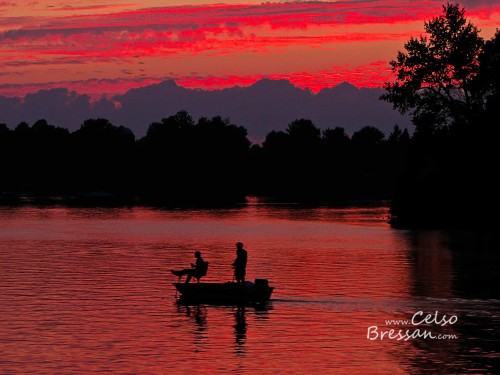
Sunset in Manotick. by Celso Bressan on Light Stalking
Taken with a Canon PowerShot S3 IS at f/6.5, ISO 100 and 1/15s.
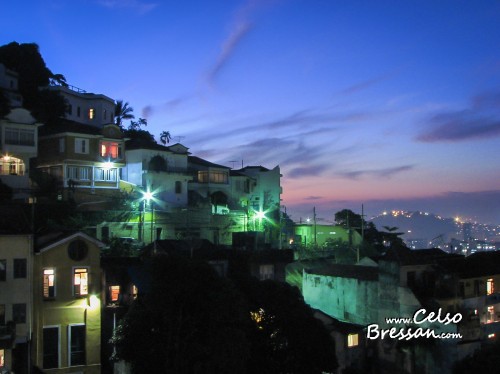
Sunset in Rio de Janeiro. by Celso Bressan on Light Stalking
Taken with a Canon PowerShot S3 IS at f/6.3, ISO not revealed and 6s.
The Real Suspects: Scaling the Learning Curve
Thousands of pictures later, and after an assortment of specialized courses, a lot of reading and many discussions with other frustrated guys facing the same situation (and, I dare to say, many will face it), I realized that, regardless of the type of the camera used, I knew very little about photography. This gap was not noticeable before because my point-and-shoot cameras were doing almost everything for me; however, with the DSLR, all of a sudden, it became evident that I was neither prepared to take good pictures nor to deal with the technology in my hands.
In essence, understanding photography is one thing and mastering your camera another. With both, theoretically, anybody could take good pictures. But, because of the reference bar that I had set for myself, I took a long time realizing why the transition from a point-and-shoot to a DSLR was so traumatic and troublesome.
It was only after I locked these pictures away and forgot about them that I understood the transition problem. Here is my summary:
1. So many controls to deal with at the same time: the ISO, the shutter speed, the aperture, the focal length, lenses types, focal distances. They are still there in a point-and-shoot albeit more or less concealed. We need to understand their meaning and where, when and how to use them. Sure, we could still use the automatic mode but the general consensus is that it contradicts the act of having a DSLR as we are missing almost everything that a DSLR camera can offer at a higher price. Therefore, the ability to get a higher rate of good pictures with a DSLR is directly related to our ability to make the camera a natural extension of our brain and arms. And this takes time. There are people that grasp this quickly while others take longer (by the way, I bought my first DSLR at a good price from someone that took no more than 100 pictures and sold it as he was totally frustrated with the results).
2. Equally relevant in all cameras, concepts like the composition, rule of thirds, golden hours and focusing on the eye of the person (among others), if not known yet, now acquire an even greater importance and add more pressure because now “we are becoming professionals.”
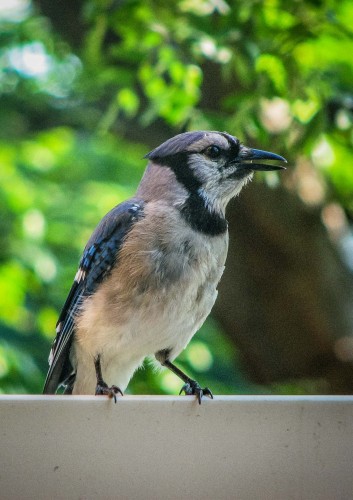
Blue Jay Low Resolution by Celso Bressan on Light Stalking
Taken with an old Point and Shoot Canon S3 IS. Cropped approximately 25%, f3.5, 1/250s, ISO not specified. Notice the high level of noise basically due to its small sensor.
3. A big sales pitch for point-and-shoot cameras is their optical zoom qualities in a small package: 6x, 10x, 30x…! All that with a touch of a button. With a DSLR, longer and bulky lenses need to be changed all the time, something not really practical. Novices tend to buy packages that include only basic lenses which do not necessarily perform the way as expected or imagined.
4. The small focal length of a point-and-shoot camera lens, a crucial fact and a trap for DSLR beginners: in complex terms, the smaller the focal length, the wider the depth of field of the associated lens. In lame terms, the lens of a point-and-shoot camera is small but is capable of correctly “seeing” a scene from short distances to long distances which translates to higher levels of sharp pictures under most of the situations. With DSLR, every lens has its own specific depth field and, without mastering this detail, there is no way to get good pictures.
5. Another subtle factor that contributes to the overall disappointment is the length of the lens: to keep their “pocket size” attributes and also because sensors are smaller, point-and-shoot cameras have lenses that are physically very short and light – around 2 to 5 cm or 1-2 inches – whereas DSLR lenses are much longer and heavier – normally in the range of 10-15 cm (4-6 inches). To understand what is going on here, take a newspaper and roll it to make a long tube. Now, while holding it with both hands by one of the extremities, try to keep the tube horizontally in the air. You are going to see that the other extremity visibly shakes no matter how firmly you hold the roll. Now, do the same with a pen. It will barely shake. The same idea applies to cameras: a point-and-shoot, being light and short, shakes less whereas the set of a DSLR camera and its lens is heavier in average, thus being more difficult to be hand held and more prone to shaking and fatigue. This is obviously called in photography, “camera shake”, which ruins many otherwise good pictures. If not totally ruined, they have that “soft” look that post-processing sharpening is not able to correct. There are some techniques to prevent camera shake but, for me, the most important one is not take any hand held pictures at shutter speeds slower than 1/100 of a second and at least as fast as the focal length of the lens in use.
6. That clack-clack made by DSLR cameras: it seems ironic but that attractive and so “professional” sound actually is the cause for more camera shaking due to the mechanical movement and shock caused by the system of mirrors and prisms used by these cameras to display to your eye what the lenses see.
7. The “professional” look and feel: we barely realize it but, the minute we move to and possess a DSLR, we instantly become professionals. Reality quickly shows how this misconception affects the quality of the pictures and lowers our self esteem.
Why Buy a DSLR Camera?
Repeating what professionals say:
“It is not the camera that takes the pictures but you!”.
Regardless of the camera in use, sophisticated or not, you – and only you – can take good or bad pictures. Granted, great cameras, such as DSLRs, help you to take great pictures because of their great set of resources; however, they are powerless unless you direct them to take the right pictures. In a similar fashion, it is like thinking that expensive pots will turn any one into a chef de cuisine or that perfect brushes handled by a painter will make him or her a Rembrandt or a Van Gogh. You are only going to disappoint yourself and your friends if you think that a DSLR, by itself, will make you a great photographer.
If you are still serious about going for a DSLR, take a deep breath and check the list below for the reasons why you would like to have one:
1. My point-and-shoot camera is old: is it really old or is it because your friends and/or advertisement are telling you so? If you consider that your pictures right now have a good and acceptable quality, then maybe you do not need a new camera.
2. My camera is faulty: well, no doubt you need a new camera!
3. I am a casual photographer: if you only take pictures here and there, mostly from the family or for fun, and you do not care much about them after a while, then a DSLR may not be for you. If you really want to replace your old camera just because you want it, then buy a better point-and-shoot, save a bunch of money and continue taking the pictures that were pretty much satisfying to you.
4. I am annoyed by the quality of my pictures: are you saying this because the pictures really have bad quality or is it because you do not know how to take pictures? Remember, over and over, that it is not the camera that takes the pictures: it is you, as a photographer, that take the pictures. If you realize that, then the suggestion here is that first you learn to take pictures with a simple camera and then go for a more sophisticated one.
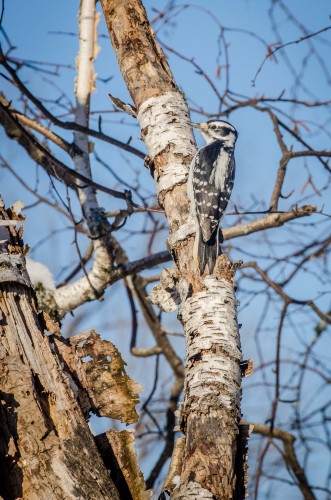
Blue Jay by Celso Bressan on Light Stalking
Taken with a DSLR Nikon D7000 and f/11, 1/160s, ISO 320. Focal length 200mm with a tripod. This picture was cropped almost to 1/4 of its original size and still has good quality and low noise.
Getting the Most Out of Your DSLR Camera
It is never too much to stress out that a DSLR camera is not a point and shoot device and that there are many technicalities and aspects that should be known in order to get the most from it. Therefore, be patient because learning to master a DSLR requires time and mistakes and successes will be part of your new photography life.
This is just inspirational; let us go for the sweating part:
1) Get acquainted with all the details of your new camera: read the manual and spend a lot of time browsing through the Internet looking for tutorials and texts explaining all that you need to know about your camera.
2) Understand the concepts: get to know focus, aperture, shutter speed, lenses and other related details.
3) Understand what is Photography: composition, light, Rule of Thirds, lines, etc.
4) Know what the shooting modes mean: when and how to use automatic, aperture, shutter speed and programmed modes.
5) Take a look at other photographer’s art: compare your pictures with theirs. Watch their tutorials.
6) Practice and practice: take lots of pictures trying to apply what you have learned before.
7) After a shooting session (say, after an outing, family reunion, etc), download the pictures and check them to learn from your mistakes: resist the impulse of immediately showing every single picture to somebody else. First, select the ones you consider to be good and do not be a afraid of throwing away the bad ones. Only then you show what was left over to whoever you think might be interested. In this way, you are going to boost your morale, learn how to make distinction between the good and the bad and, finally, create the feeling among your friends that you really are a good photographer.
8) Definitely, have a post-processing software: preferably, start with a simple one and then progress to a more sophisticated one while your taste and feel for photography increases. Take a look at Picasa, GIMP or Photoshop and choose the one best suited for your needs.
9) Catalog your pictures in your computer and have a system to easily retrieve them whenever needed: do not let your pictures lay around anywhere. You could create your own system (nothing really difficult; it is just a matter of organization) or take a look at lots of suggestions on Internet on how to do this. Even a simpler system is better than nothing.
10) Did I mention practice and practice? Well, practice and practice and practice…
You are going to be a good photographer and – why not – a renowned professional one day!




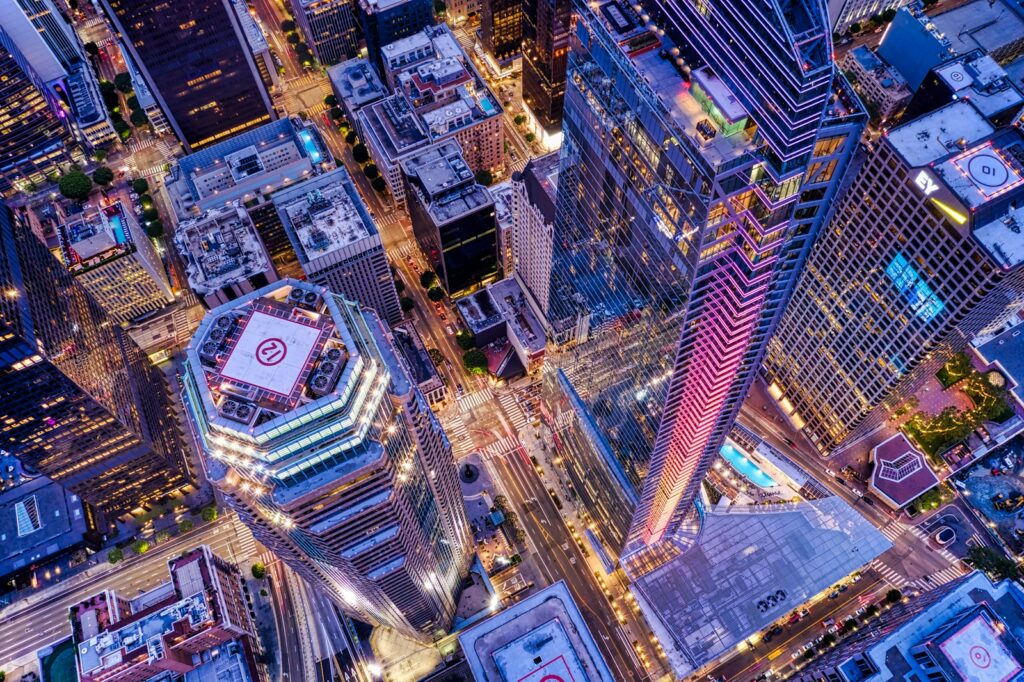
7 Comments
Great article!
I can see many people being disappointed and frustrated with the results that they get with their first DSLR experience. Now days, with the capabilities of the P&S cameras and phones, it can be a shock to some. lol
I think that I was lucky that I was a shutterbug as a kid and at least had some work with manual film SLRs. I was very happy with my results, compared with my initial results from film SLRs. It made the transition so much easier, and I love that I didn’t have to buy and process the film to see my initial mistakes. One shouldn’t get too discouraged by their new DSLR if they are reminded that it can be so much more discouraging to have to toss rolls of film that they purchased and processed/paid to have processed. 😉
The only thing I had/have trouble with is the fact that I need to edit the RAW files. I was not too happy to use editing programs at first as I thought it was cheating in a way, but it is just a darkroom without the dark, or smells and stains. 🙂
Indeed, with the exception of professionals and experts, I dare to say that 90% of DSLR buyes don’t know what they are getting into. If they use the cameras as a PS extension, no problems; if they want more than a PS, then they get frustrated.
Thanks, bugadrienne!
Bressan
So I really enjoyed your article, it’s very insightful. Iv always been interested in photography even though words may sometimes fill volumes photo’s transcend a million memories and that’s why iv ways been so interested in photography and the interesting stories they bring to people’s imaginations. To this point in well my (rather expensive) hobby, i started off with a little simple point and shoot and moved to a bigger point and shoot the canon sx30is PowerShot, I really wanted to go with a dslr but I thought this one had some really nice features, I have been happy with the one I have don’t get me wrong I have taken amazing shots, one set was of fire works I got so close I could see the spark ignite in the night sky as the colors sprinkled everywhere as if snow was some how on a multicolored fire. FYI I’m not sure taking a shot that zoomed into the explosion was the smartest idea but the set was amazing. Anyway up until this point all of the photography iv done in the past was self taught because I do have that much extra money to take classes so i didn’t know much about how to change out lenses or what lens was needed for what or what focus I needed for what shot, so I just went with the powershot because I do a lot of nature photos and outdoors things one of my worries was missing a shot because I was trying to Change lenses or refocus something, but know I’m really up for the challenge and was thinking about getting another camera the preferably has a fast shutter speed and is still fairly easy to Use my point and shoot is a long rang camera And i have a waterproof camera and of course I use the one on my phone because it’s always there, iv actually taken a few really good shots with my phone but I was wondering if You can recommend me something that can be at a good price.
Your article describes me 6 years ago when I used the DSLR for the first time! When I looked at my first pictures I was so taken aback that the expensive equipment made such awful photos. Then I did exactly what you suggest in your action plan in exactly the same order, and yes: practice-practice-pratice:)
Really good article! :))
Nicely written. I have had my DSLR for a little over 2 years and I also thought and still think I take plenty crappie photos.
But, I do have quite a few that I am proud of.
However, it seems my daughters always take great shots using camera phones..
This is such a helpful article. My PS is a Panasonic with a Leica lens, 7 years old, and I have enjoyed it, but now it needs expensive cleaning and it is clear that a camera with a bigger sensor could produce better results. My son, who insisted on a DSLR from the outset and spent a lot of time learning how it works, says I need to move on. It is complicated by the fact that I only like shooting landscapes (I collected watercolours for over 10 years and am fascinated by landscape). In low light, my camera cannot cope. After reading the article I have understood that before I move on, I need to learn more or I shall waste time, money and effort. I shall also have to upgrade my computer and photo editing and filing system. So, thank you so much for your carefully considered and well-expressed views. I need to take more time about this decision.